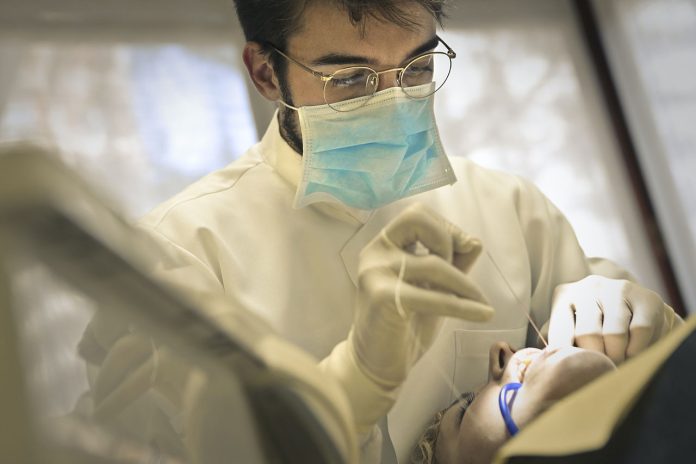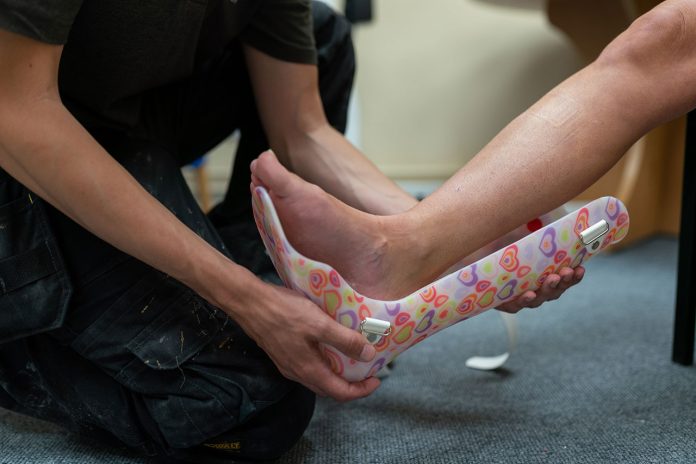For hiking enthusiasts, getting a tooth extracted can be an annoying setback. While not as limiting as recovering from major surgery, wisdom teeth removal or other extractions still require some recovery time. You’ll need to delay hitting the trails initially, but you can safely return to hiking after a tooth extraction with some simple precautions. Follow these tips to ease back into your favorite trails.
Table of Contents
You may also want to know: How to start hiking
Talk to Your Dentist
Before heading out hiking again, chat with your dentist and get their take on appropriate timing and any activity restrictions after your extraction. Ask when it’s typically safe to resume light exercise like walking, as well as more strenuous hiking activities. Inquire about warning signs like excessive bleeding or pain that signal you’re overdoing it.
Factors like whether the extraction was simple or surgical, your general health, bleeding risks, and healing ability all determine appropriate recovery timelines. Every patient differs, so follow your specific dentist’s guidance, not generalized return-to-play timeframes, which can vary from 2 days to 2 weeks post-extraction.
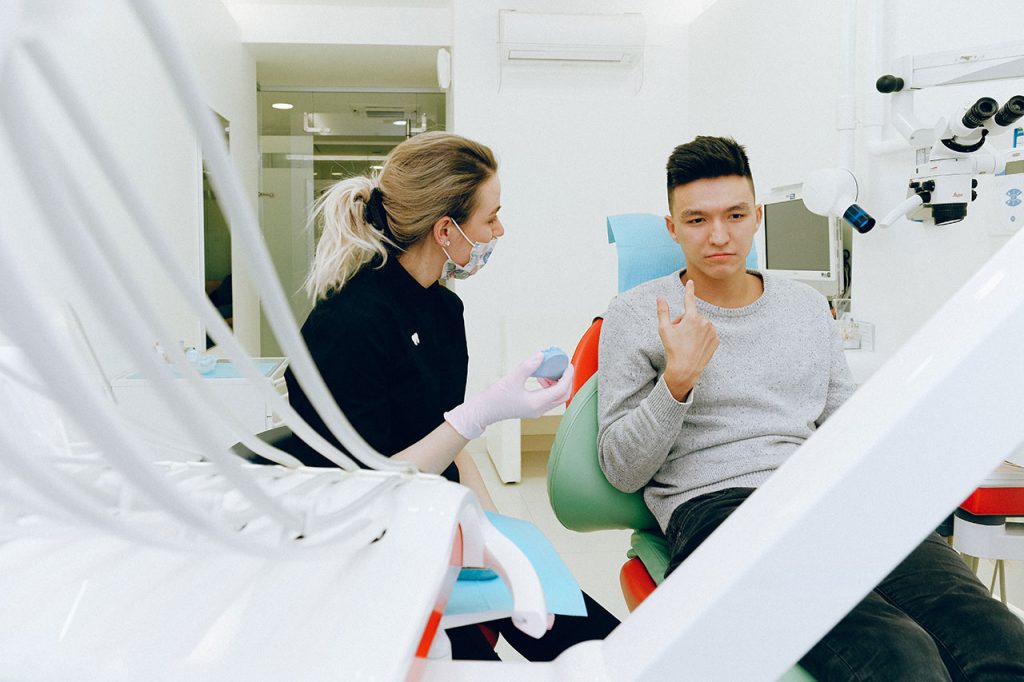
Start on Simple, Short Routes
For your first hike after a tooth extraction, choose straightforward trails without too much elevation gain, distance, or technical terrain. Opt for a simple out-and-back path or loop 1-3 miles in length that you’re familiar with and can bail out on easily if needed. Avoid long remote backcountry treks early on after an extraction.
Listen to your body very closely and immediately stop if you feel any worrisome pain in the extraction site. Set yourself up for success by choosing gentle beginner-friendly terrain for your first few hikes after dental surgery. You want to enjoy the outdoors again, not push limits too soon.
Take It Slow
When getting back to the trails after a tooth extraction, take it slow both in exertion level and pace. Consider using trekking poles to help take pressure off your body as you rebuild conditioning. Stop frequently for rest breaks even if just easing back into short hikes. Stay hydrated by sipping water often.
Avoid powering up steep slopes or attempting PR pace. Keep heart rate moderate. If you feel pain or throbbing in your extraction site, slow down or stop to allow proper healing. Don’t try to soldier through discomfort. Building back gradually allows you to return to hiking safely.
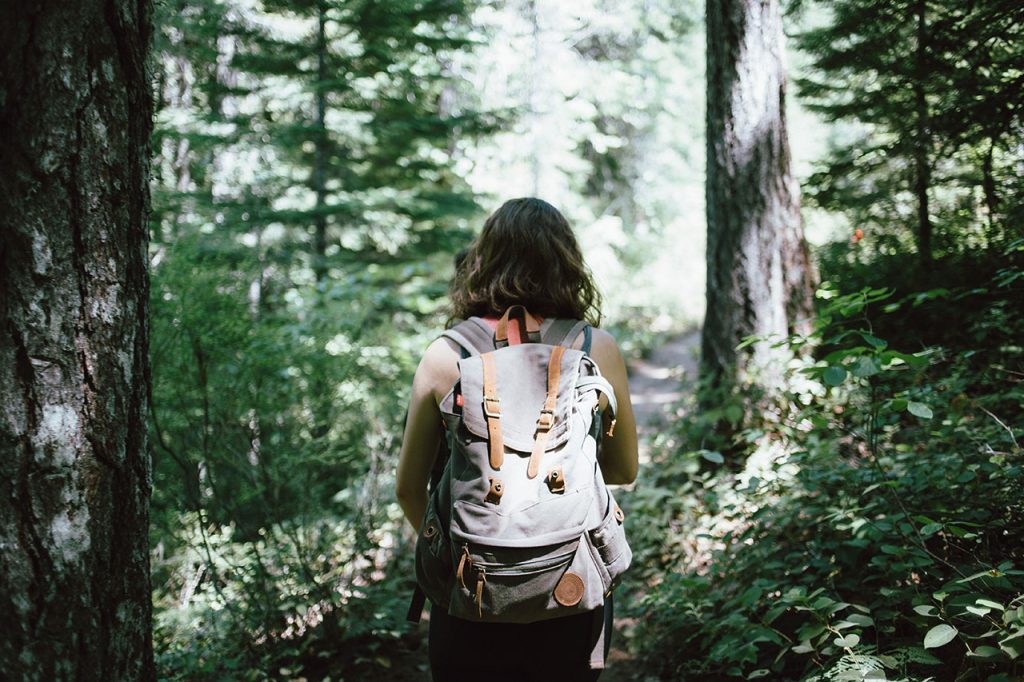
Watch What You Eat and Drink
Be mindful of your diet and hydration when hiking after a tooth extraction. Avoid extremely hot or cold foods against the extraction site. Crunchy, hard foods could dislodge blood clots required for healing. Spicy seasonings may cause irritation. Drink with care to avoid dry sockets.
Opt for lukewarm soups, smoothies, or shakes for the first days post-procedure. Gradually reintroduce softer, mild foods as comfortable, chewing evenly on both sides of your mouth. Stay hydrated with water and non-acidic drinks like herbal tea. Avoid alcohol or carbonation that could hinder healing.
Rinse Gently After Eating
When you consume food and drinks on a hike after a tooth extraction, be sure to rinse your mouth out gently afterward. This keeps particles from getting lodged in the extraction site, leading to pain or infection. But avoid forceful swishing or spitting for a week or two after the procedure.
Bring a small water bottle and saltwater rinse on early post-extraction hikes. Dab and wipe the area clean rather than aggressively swishing. Rinsing minimizes the risks of complications but shouldn’t disturb healing surgical sites. Discuss optimal oral hygiene practices for hiking with your dentist.
Watch for Signs of Infection
Stay alert for signs of a potential infection when returning to hiking after an extraction, including fever, chills, worsening pain, swelling, foul taste, and discharge. This could indicate a developing infection in the socket known as a dry socket. Don’t delay in seeing a dentist if these symptoms arise.
Avoid smoking after extractions, as it drastically slows healing and increases infection likelihood. Monitor pain levels and take over-the-counter analgesics as directed if needed. Report radiating pain, numbness, or redness signaling nerve issues. Proper oral hygiene and infection vigilance minimize hiking recovery complications.
Protect the Extraction Site
Take measures to shield your extraction site when back hiking to allow undisturbed healing. Wear sunscreen or a face covering to prevent irritation from sun exposure. Consider a chin strap athletic guard to protect against trail debris strikes if the extraction was in a lower molar site.
Pack gauze or small pieces of cloth in case light bleeding occurs on a hike after an extraction. Avoid extremely strenuous trails with branches or obstacles near the head level you might bump your jaw on. Don’t submerge healing extraction sockets in bodies of water. Caring for the site while hiking prevents painful disruptions in the healing process.
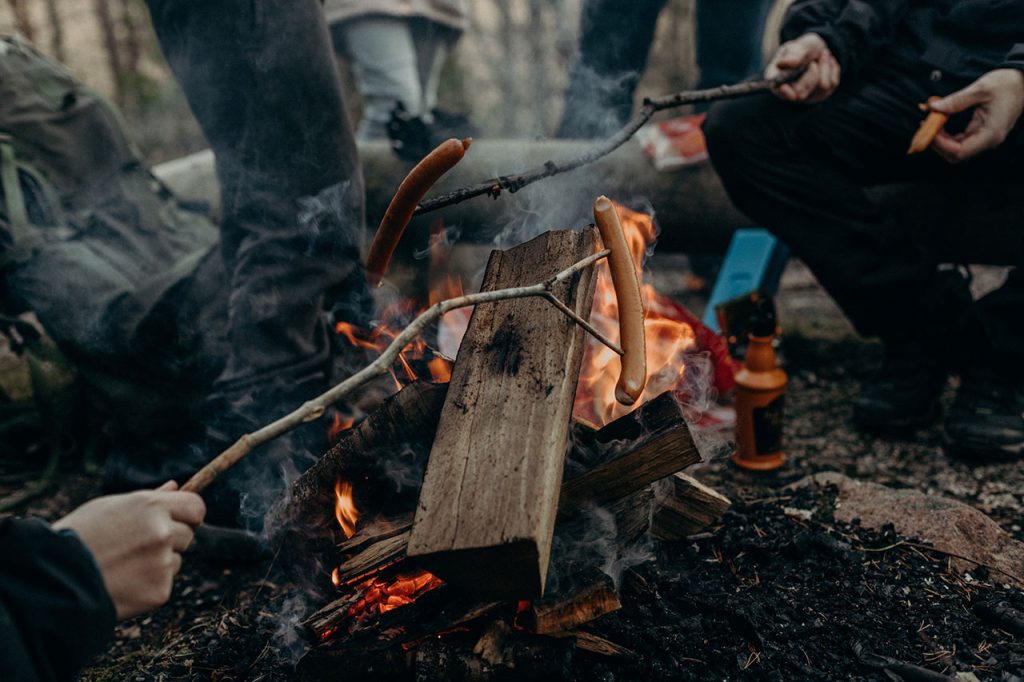
Avoid Smoking and Tobacco
It’s essential to not smoke, chew tobacco, vape, or use any nicotine products for at least 72 hours after a tooth extraction, and longer is better. Tobacco severely slows healing by constricting blood vessels, increasing risks for dry socket pain, infection, and permanent complications. The chemicals also irritate fragile wound sites.
If you simply must use tobacco soon after an extraction, avoid any contact with the surgical site. But your best bet is abstaining as long as possible after a procedure for faster, simpler recovery. Discuss smoking cessation support like nicotine gum or patches with your dentist if needed to stay tobacco-free while healing.
Stick to Softer Foods
In the first days after a tooth extraction, favor softer, cooler foods that won’t disturb healing blood clots. Food particles can dislodge clots and lead to painful dry socket complications. Avoid extremely hot, spicy, or acidic foods that may irritate the area. Don’t drink beverages through a straw, creating suction on wounds.
Soups, smoothies, yogurt, applesauce, and scrambled eggs are gentler post-extraction options. Gradually work back up to normal foods as your dentist advises. Be extra careful chewing on the extracted side, using your opposite teeth if possible. Proper nutrition aids recovery, but make smart food choices that don’t impede healing.
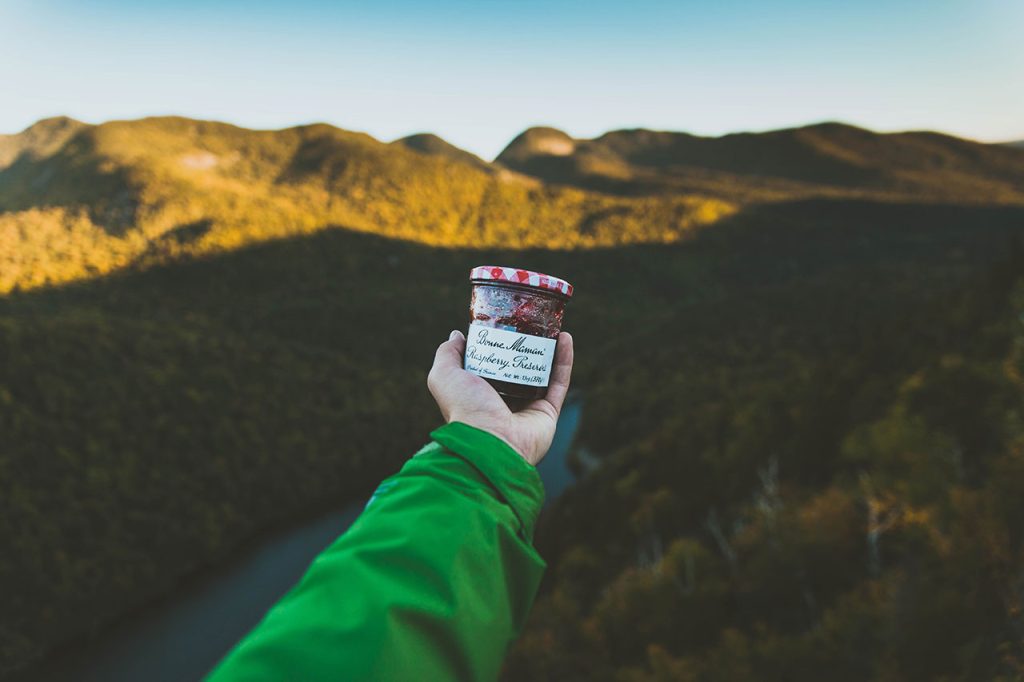
Ask for Antibiotics if Needed
If your dentist feels your extraction is at high risk for developing an infection due to the tooth’s condition or location, ask about getting a short course of preventive antibiotics after the procedure. This helps prevent invasive infections requiring further treatment.
Signs of infection after an extraction include fever, chills, foul taste, worsening pain, discharge, and swelling. Seek prompt medical care if these occur. But starting antibiotics shortly after surgery when appropriate can reduce the need for urgent care down the line. Talk to your dentist about infection prevention specific to your case.
Adjust Your Hiking Backpack
When getting back on the trail after a tooth extraction, be mindful of how your backpack fits. The pressure of shoulder straps pressing on your jaw area could irritate a healing extraction site. Wider padded straps help distribute pressure. Position the sternum strap lower down your chest to avoid contact with your face.
If you had a lower wisdom tooth extracted, lean the weight forward onto your hips by tightening the hip belt. This prevents the pack from bouncing against tender jaw areas. Adjust and reassess for comfort as you hike until swelling and tenderness resolve. Proper backpack fit limits the risk of painful complications.
Take It Easy at Higher Altitudes
The reduced oxygen levels at higher altitudes make recovering from any surgery more difficult. When returning to hiking after an extraction, consider sticking to lower-elevation trails, at least initially. If tackling higher terrain, ascend gradually over several days to acclimate if possible. Stay well hydrated.
Higher altitudes tend to result in more swelling, headaches, fatigue, and discomfort when healing from procedures involving anesthesia. Get winded less so you don’t breathe heavily through your mouth, which can dislodge blood clots. Listen to your body and don’t push it. Let your extraction fully heal before major elevation gains.
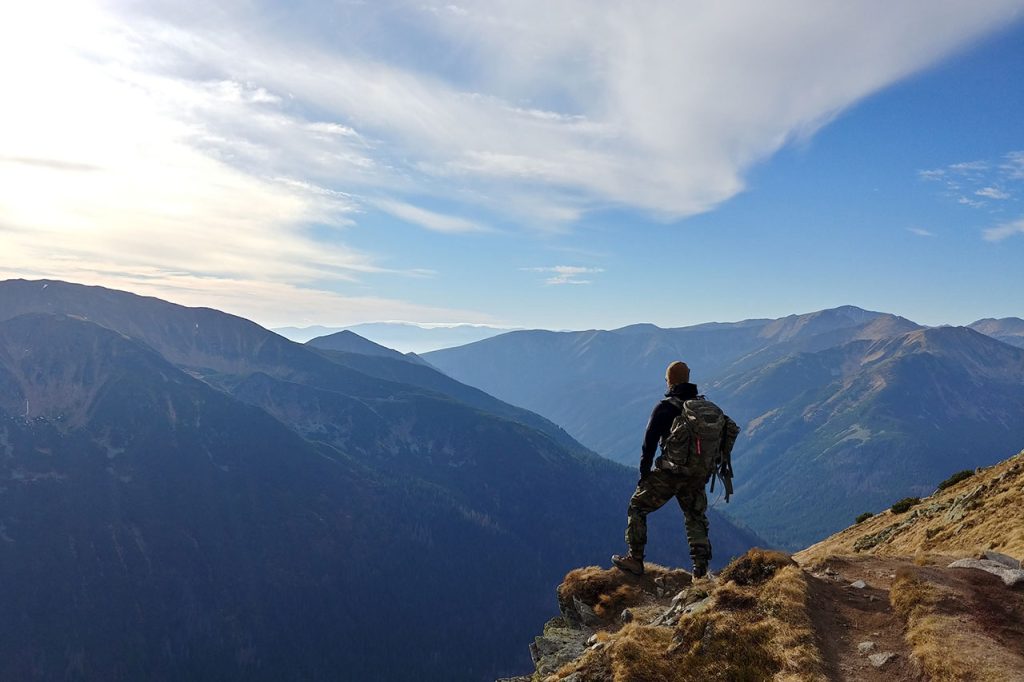
Follow Dentist Return Instructions
Every patient and oral surgery procedure differs, so follow your specific dentist’s post-operative instructions for your situation when easing back into hiking. They likely covered guidelines for pain management, food and drink restrictions, activity modifications, warning signs to watch for, and follow-up care requirements. Don’t start intense exertion until cleared.
Report any concerns that arise after hiking, like bleeding or pain. Adhere to all prescribed medication protocols. Return promptly for follow-up appointments to monitor healing. Communicate about your hiking plans and take your dentist’s advice regarding optimal timing and precautions. Following individualized guidance prevents setbacks.
While mouth injuries like extractions disrupt hiking routines temporarily, taking a conservative approach based on your specific case allows a safe return to the trails and outdoors you love. Trust your skilled dentist’s protocols, take it easy early on, and let your body heal properly. You’ll be sinking your teeth into the terrain again in no time.
Related Links:
https://en.wikipedia.org/wiki/Hiking


